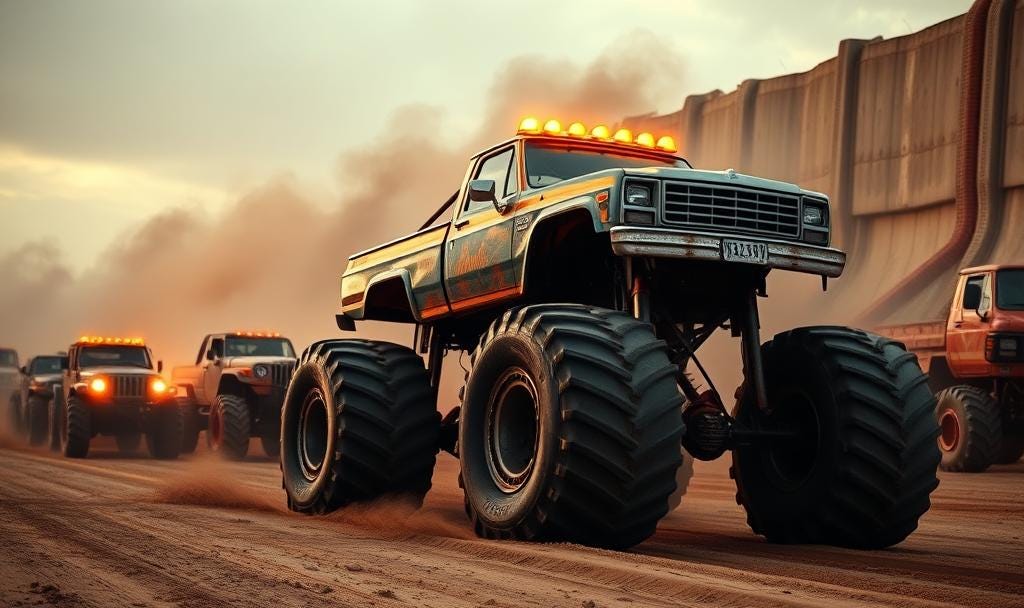Chapter 11: Escape from Palm Beachonia
The walls had always been the proudest achievement of Palm Beachonia.
Thirty feet high, gold-painted, crowned with statues of eagles holding golf clubs — the Wall was supposed to be the ultimate symbol of triumph:
Triumph over outsiders.
Triumph over doubt.
Triumph over the unbearable uncertainty of reality.
But walls, like dreams and batteries, don’t last forever.
By the time King Donald’s last broadcast flickered into oblivion, the Wall was crumbling in spirit, if not yet in substance.
And the people of Palm Beachonia, once so proud to be locked inside, began to see the Wall for what it truly was:
A prison built from wishful thinking and bad credit.
Keep reading with a 7-day free trial
Subscribe to The Touchonian to keep reading this post and get 7 days of free access to the full post archives.



